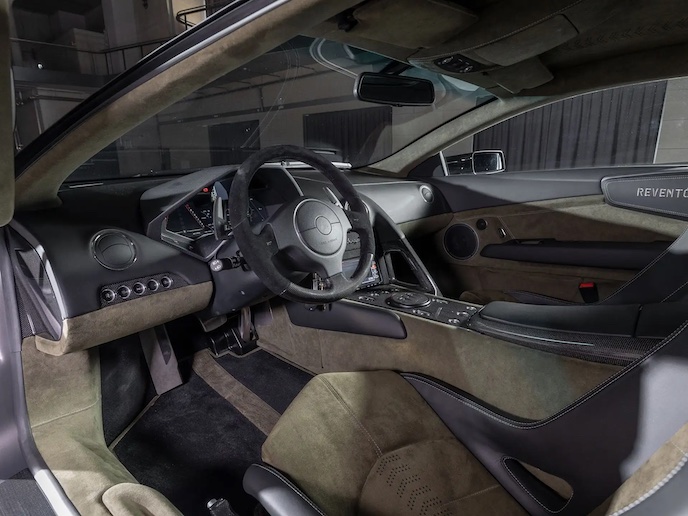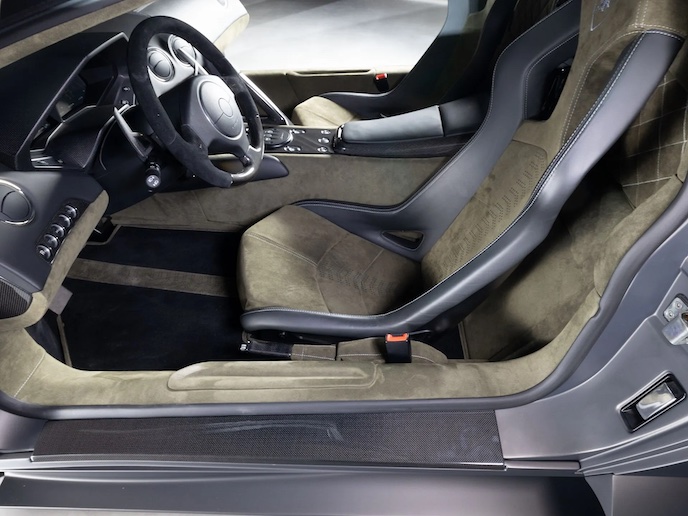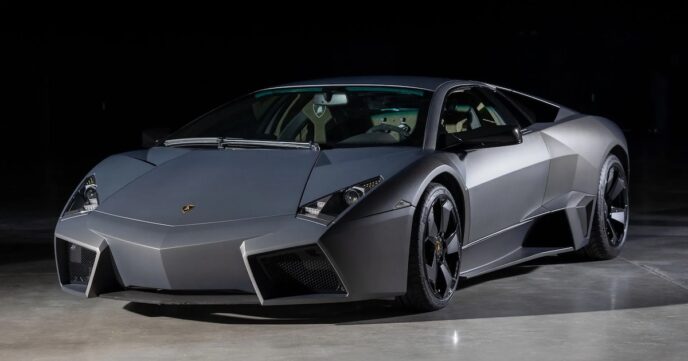
- Numbered 13 of only 20 examples produced
- Originally delivered to Germany and retained by its first owner from new; odometer reads only 110 km (68 miles)
- History of workshop servicing by Lamborghini; most recently by Lamborghini München in July 2022
- Powered by the 6.5-litre V-12 engine derived from its Murciélago LP 640-4 sister model
- Accompanied by a factory Lamborghini Reventón shoulder bag, other accessories, and owner’s manuals

When the Lamborghini Reventón launched at the 2007 Frankfurt Motor Show, it epitomized the ambition of the marque’s Centro Stile division. The in-house design department was established in 2004 to hone the Raging Bull’s expertise in creating supercars like no other, and—following the Reventón—would later lead to the limited-run development of the Sesto Elemento, Veneno, and in 2020, the Sián. Production of the Reventón was capped at 20 models and, in the spirit of the long-standing tradition at Lamborghini, it was named after a fighting bull, although its name also suitably translates as “small explosion” in Spanish.
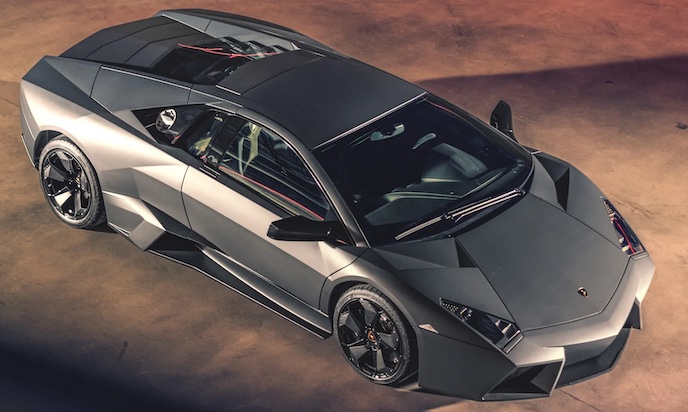
This particular car is numbered 13 of the 20 made and was delivered on 29 September 2008 via Lamborghini Chemnitz in Germany. It has been owned by the same individual since new as part of a collection, and is presented with just 110 km (62 miles) on its odometer at the time of this post. The Reventón was serviced in 2008 and 2009 by the Lamborghini Centre in Chemnitz and in July 2022 by Lamborghini München. It is accompanied by its manuals in the correct numbered Reventón air force-style bag, numbered presentation key box with numbered Reventón folding knife, numbered keyring and car cover.
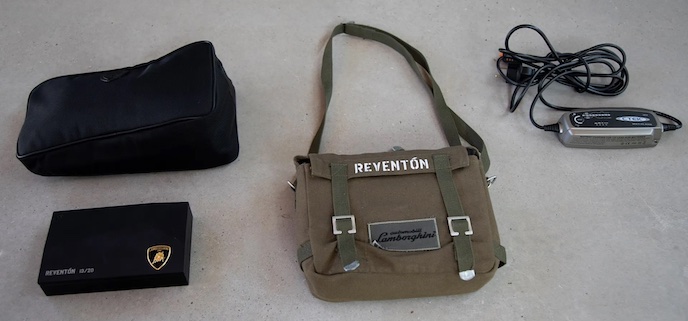
To arm the Reventón with power befitting of its name, Lamborghini installed a 6.5-litre engine capable of 641 horsepower, derived from its Murciélago LP 640-4 sister model. The quad cam, 48 valve V-12 could propel the car to 100 km/h in 3.4 seconds, while the Reventón would not stop accelerating until hitting a top speed of 340 km/h.
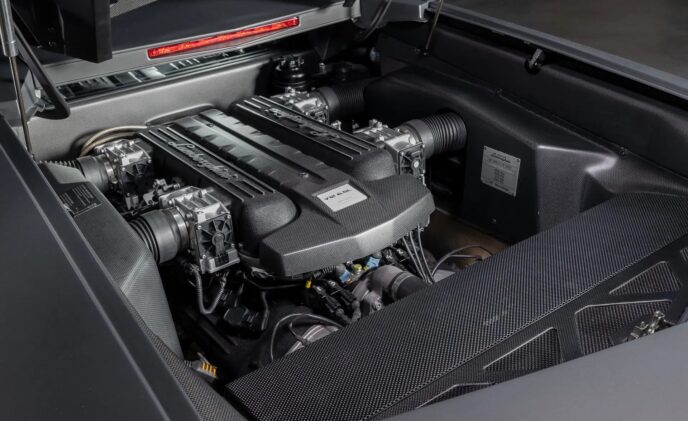
The Reventón’s futuristic design language would later become apparent in both Aventador and Huracan models, while every example was clad in the same satin grey finish over angular bodywork made entirely from carbon fibre. Intricate details such as the individual carbon fibre and LED light clusters were industry firsts and set it far apart from series production cars, while the Alcoa-forged wheels featured angular carbon fibre blade sections to tie them into the bodywork and simultaneously improve the brake cooling.
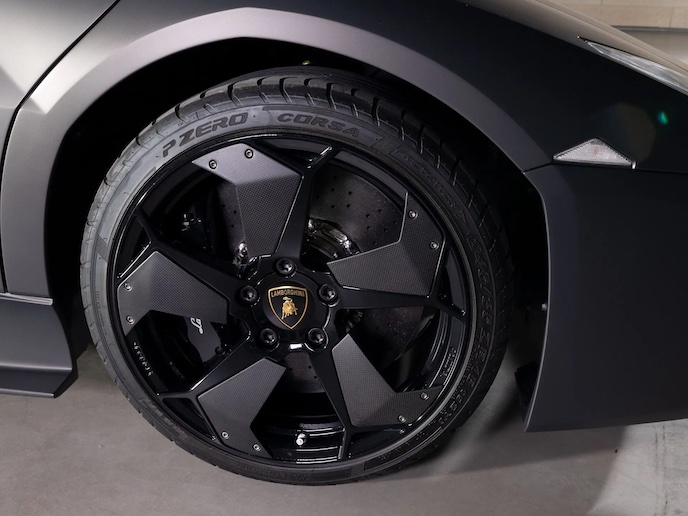
The aeronautical theme is carried into the cabin, where the LCD instrument cluster conveys vital information in a format reminiscent of that in a fighter jet, with two screens displaying sets of converging lines that display speed and RPM with a wing-style indicator between each. Sitting atop the two screens is a third screen, capable of displaying the level of G-force being exerted on the driver. It is entirely unique and widely considered to be one of the most evocative instrument clusters ever installed in a road legal car.

This is perhaps an unrepeatable opportunity to acquire what amounts to a nearly-new example of one of the most exclusive Lamborghinis ever built. RM Sotheby’s plans to auction this Reventón during its Motorworld München event happening on November 26. It doesn’t list a sale range estimate, but the Reventón sold for $1.5 million when it was new. This one is pretty much still new, and considering there are only 20 units in the world, it should go for way more than it first sold for.

